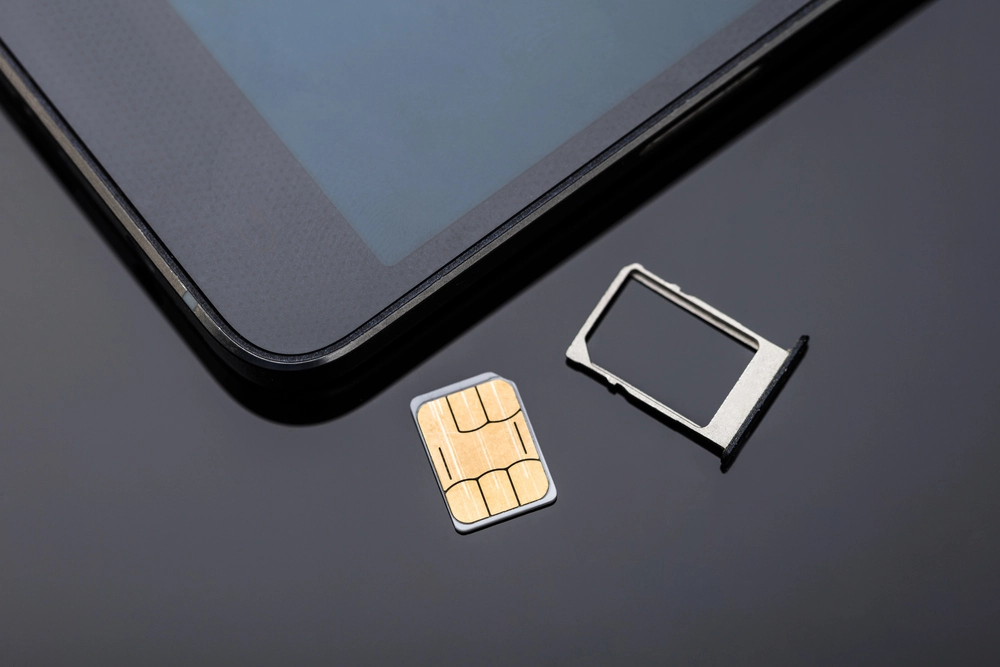Home |
Prepaid vs Postpaid: What’s the Difference?
September 24, 2024


Understanding the difference between prepaid and postpaid mobile plans is important for making informed decisions. You need to know that each plan type has its own advantages and disadvantages that can significantly impact your mobile usage and connectivity experience. This article focuses on the features of prepaid plans to help you navigate the options available from different service providers.
Prepaid vs Postpaid: Meaning


Photo by Hassan OUAJBIR on Unsplash
What is a Prepaid Plan?
A prepaid plan allows users to pay for mobile services in advance, providing a sense of financial control over their mobile usage. With prepaid plans, customers recharge their accounts with a specified amount, ensuring they can use the services until the balance runs out. These plans require users to pay upfront, making them an attractive option for those who prefer to avoid monthly bills. Many prepaid plans provide flexibility in terms of the amount of data and call minutes, allowing users to choose plans that suit their needs. Additionally, the terms and conditions of prepaid services can vary, with some offering extra perks like international roaming or add-ons for enhanced connectivity.
What is a Postpaid Plan?
A postpaid plan is a mobile service option where users pay for their mobile usage at the end of a billing cycle. Typically, these plans require customers to sign a contract with a service provider, which outlines the terms and conditions of the service. Postpaid plans often come with a monthly bill that reflects the amount of data, call minutes, and any additional services utilized during the month. This type of plan can be advantageous for users who prefer predictable expenses, as they can select a plan that aligns with their usual mobile usage patterns. Moreover, postpaid plans offer features such as family plans, device financing options, and potential discounts for high usage. However, they may also involve commitment to long-term contracts, which can be a drawback for those seeking flexibility, making the decision between prepaid and postpaid a significant one for consumers.
Prepaid vs Postpaid: Difference
When it comes to choosing a mobile phone plan, you are often faced with the decision between prepaid and postpaid options. Both have their advantages and drawbacks, so it’s essential to understand the differences between the two before making a decision.
Cost Comparison
The cost is a significant factor when comparing prepaid and postpaid plans. Prepaid plans require users to pay in advance, providing better control over spending and eliminating the risk of surprise bills at the end of the month. This can be particularly beneficial for budgeting, especially for those with varying mobile usage. On the other hand, postpaid plans offer a different financial structure, where users receive a monthly bill based on their usage. While the convenience of a postpaid plan may be appealing, potential overage fees can lead to unexpected costs. Prepaid plans also provide affordable options catering to different needs, including low-cost plans for minimal use or more comprehensive packages with ample data.
Flexibility and Commitment
Flexibility is a critical element when evaluating prepaid and postpaid plans. Prepaid plans offer unparalleled freedom, as they require no long-term commitment and allow users to switch between different plans or providers with ease. This is advantageous for individuals who travel frequently or have fluctuating usage patterns. In contrast, postpaid plans often involve contracts that bind users to specific terms for extended periods. While postpaid plans may come with added benefits, the commitment can be a drawback for those who value flexibility.
Usage Limitations
Another distinguishing factor between prepaid and postpaid plans is usage limitations. Prepaid plans usually come with specific data caps and call minutes, requiring users to monitor their usage to avoid running out of services before the next recharge. This encourages mindful usage but may also lead to interruptions in service if limits are reached. Postpaid plans often provide more extensive data allowances, which can be beneficial for heavy users. However, these plans can also impose throttling once users exceed their data limits, potentially affecting connectivity speeds. Postpaid plans may include extra perks such as rollover data, allowing unused data to carry over into the next billing cycle.
Choosing Between Prepaid and Postpaid
When it comes to choosing a mobile phone plan, the decision between prepaid and postpaid can have a significant impact on your budget and overall mobile experience. Understanding the advantages of each option can help you make an informed decision that aligns with your specific needs and preferences.
Who Should Choose a Prepaid Plan?
Prepaid plans are particularly advantageous for users who prioritize budget control and flexibility. If you travel frequently or have varying mobile usage patterns, a prepaid plan allows for easy top-ups and adjustments without the commitment associated with postpaid contracts. Additionally, paying upfront for services simplifies the process and eliminates the stress of monthly bills. For families seeking to manage expenses, prepaid plans offer individualized options tailored to each member’s needs, ensuring that everyone stays within a set budget. Ultimately, if you are looking for greater control over your mobile expenses and need the flexibility to switch plans frequently, a prepaid plan may be your best choice.
Who Should Opt for a Postpaid Plan?
On the other hand, postpaid plans are recommended for users with consistent mobile usage who prefer the convenience of a predictable billing cycle. If you typically use a fixed amount of data and call minutes each month, a postpaid plan can offer a comprehensive package that aligns with your needs. Furthermore, postpaid plans often include attractive features such as family plans, device financing options, and loyalty rewards, providing added value for long-term commitment. For heavy data users, postpaid plans offer higher data limits that are less likely to be restrictive. However, it is important to be aware of the terms and conditions associated with these plans, as they may include penalties for exceeding usage limits or early termination fees.
Business Communication Option
Moreover, if you’re looking for a solution that integrates flexibility, cost-effectiveness, and modern business features, consider upgrading to a cloud-based IP PBX telephony solution is designed to streamline business communications by offering features like video conferencing, team messaging, call routing, and remote work support—all without the high costs or restrictive contracts typically associated with traditional phone systems.
Final Thoughts on Prepaid and Postpaid
In conclusion, when considering prepaid and postpaid options, it’s important to weigh the pros and cons based on your individual needs. If you prioritize flexibility and control over your spending, prepaid plans may be the better choice for you. On the other hand, if you value convenience and are willing to commit to a contract for potential cost savings, postpaid plans could be the way to go. Ultimately, the decision between prepaid and postpaid comes down to your personal preferences and usage habits.
